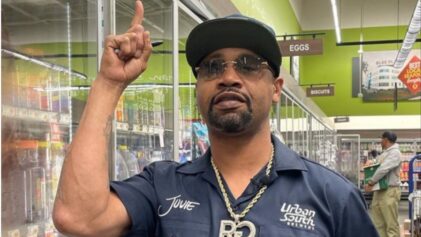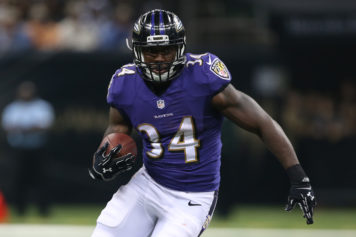The cause of a 34-minute blackout at the Super Bowl remains under investigation, but public records released Monday show that Superdome officials were worried about a power outage several months before the Baltimore Ravens edged San Francisco, 34-31, on Sunday.
An Oct. 15 memo released by the Louisiana Stadium & Exposition District, which oversees the Superdome, says tests on the dome’s electrical feeders showed they had “some decay and a chance of failure.”
Entergy New Orleans, the company that supplies the stadium with power, and the structure’s engineering staff “had concerns regarding the reliability of the Dome service from Entergy’s connection point to the Dome,” the memo says. Those concerns were due in part to “circumstances that have previously occurred with the electrical service regarding transient spikes and loads.”
The memo also cites 2011 blackouts that struck Candlestick Park, where the San Francisco 49ers were playing a nationally televised Monday night football game, as a reason for ordering the tests.
The board later authorized spending nearly $1 million on Superdome improvements, including more than $600,000 for upgrading the dome’s electrical feeder cable system.
“As discussed in previous board meetings, this enhancement is necessary to maintain both the Superdome and the New Orleans Arena as top-tier facilities, and to ensure that we do not experience any electrical issues during the Super Bowl,” says a LSED document dated Dec. 19.
An attorney for the state board that oversees the Superdome said the blackout did not appear to be related to the replacement in December of electrical equipment connecting the stadium to Entergy. Officials with the utility and the Superdome noted that an NFL game, the Sugar Bowl and another bowl game were played there in recent weeks with no apparent problems.
The exact cause of Sunday night’s blackout — and who’s to blame — remained unclear late Monday, though a couple of potential culprits had been ruled out.
It wasn’t Beyonce’s electrifying halftime performance, according to Doug Thornton, manager of the state-owned Superdome, since the singer had her own generator. And it apparently wasn’t a case of too much demand for power. Meters showed the 76,000-seat stadium was drawing no more electricity than it does during a typical New Orleans Saints game, Thornton said.
The lights-out game Sunday proved an embarrassment for the Big Easy just when it was hoping to show the rest of the world how far it has come since Hurricane Katrina in 2005. But many fans and residents were forgiving, and officials expressed confidence that the episode wouldn’t hurt the city’s hopes of hosting the championship again.
To New Orleans’ great relief, NFL commissioner Roger Goodell said the city did a “terrific” job hosting its first pro-football championship in the post-Hurricane Katrina era, and added: “I fully expect that we will be back here for Super Bowls.”
Fans watching from their living rooms weren’t deterred either. An estimated 108.4 million television viewers saw the Baltimore Ravens beat the 49ers, making it the third most-viewed program in television history. Both the 2010 and 2011 games hit the 111 million mark.
The problem that caused the outage was believed to have happened around the spot where a line that feeds current from Entergy New Orleans connects with the Superdome’s electrical system, officials said. But whether the fault lay with the utility or with the Superdome was not clear.


